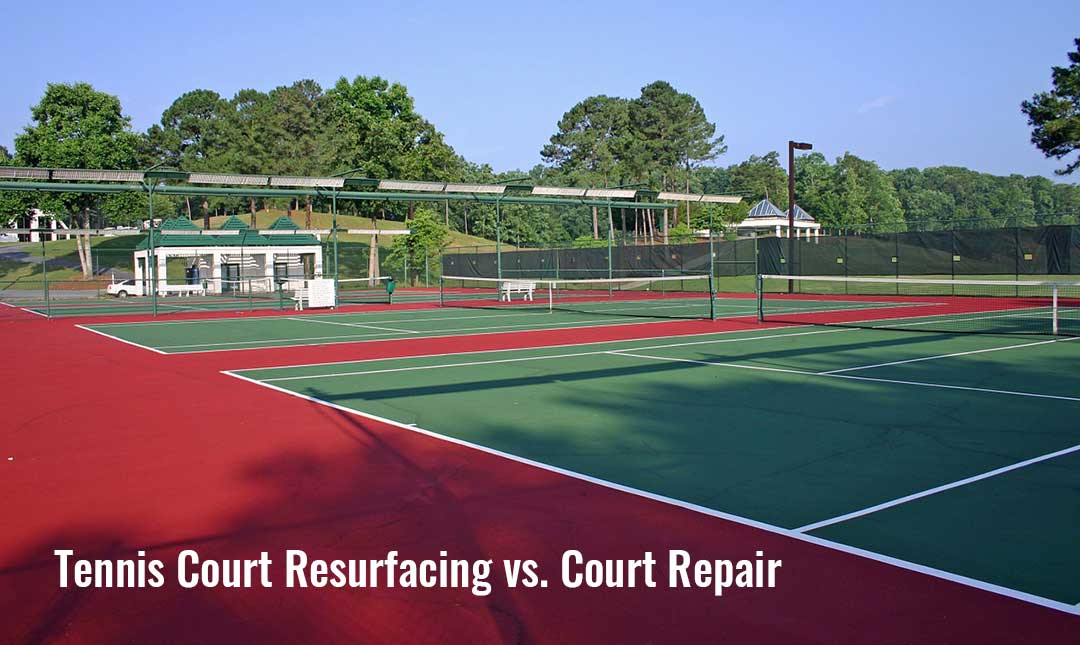Best performing and durable tennis courts just don’t happen. It takes dedication, care, and restoration to have it in excellent condition. Besides proper court construction, your tennis court resurfacing contractor should employ various strategies to restore it. Here are some of the best practices to use:
1. Your Tennis Court Resurfacing Contractor Should Perform Regular Maintenance
Tennis court maintenance includes regular inspection and cleaning. Routine clearing of dirt and debris keeps the court as good as new. We recommend monthly maintenance routines, checking the drainage, cleaning the entire tennis court surface, and removing any standing water.
2. Resurface Your Tennis Court in Intervals of 4 to 7 Years
Like any other surface, your court might undergo wear and tear. To prevent any water damage, the appearance of cracks, and fading coat, restore your court often and without fail. Work closely with a professional tennis court resurfacing contractor who can inspect and advise you when to resurface.
3. Never Wait to Perform Necessary Repairs
Call your tennis court resurfacing technicians as soon as you notice any cracks or water damage. Ignoring them, even if tiny and for a short while, can create even more significant issues, especially if the court is constantly under use.
4. Follow the Manufacturer’s Instructional Manual During Resurfacing
The application process during resurfacing is as delicate as a new court installation. So, observe proper application times and curing temperatures. Also, use only recommended tools and equipment during mixing and application. The essence is to use all the correct application techniques for good surface performance and longevity.
Conclusion
A quality tennis court requires expert care from the moment of installation. Adapting critical best practices such as routine maintenance and resurfacing will ensure it serves you for as long as possible.
Contact our team of experts for more information regarding tennis court resurfacing.


Recent Comments